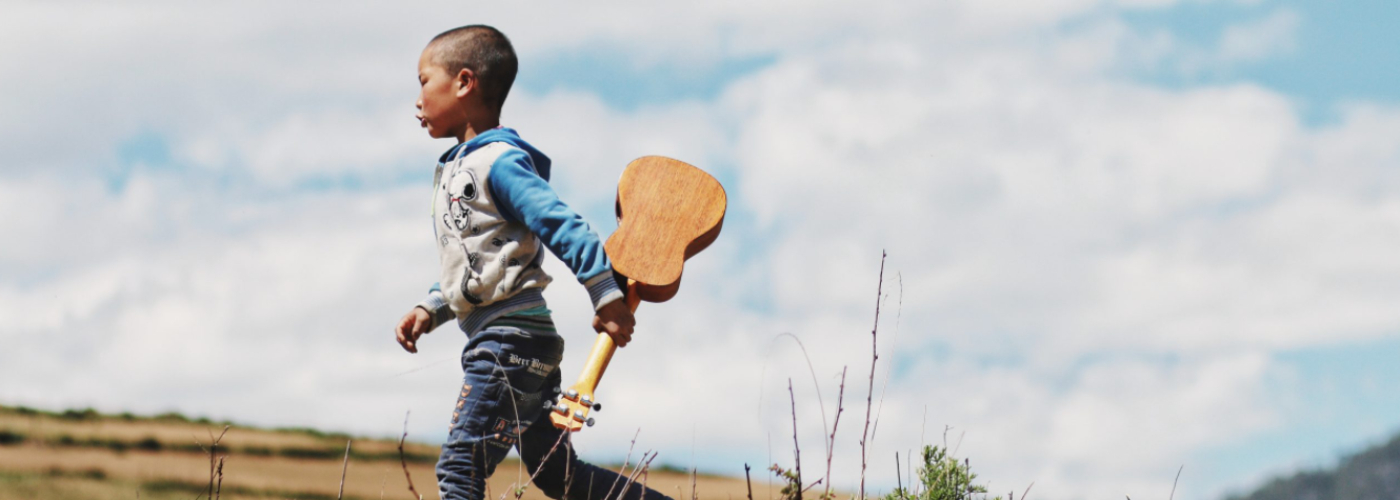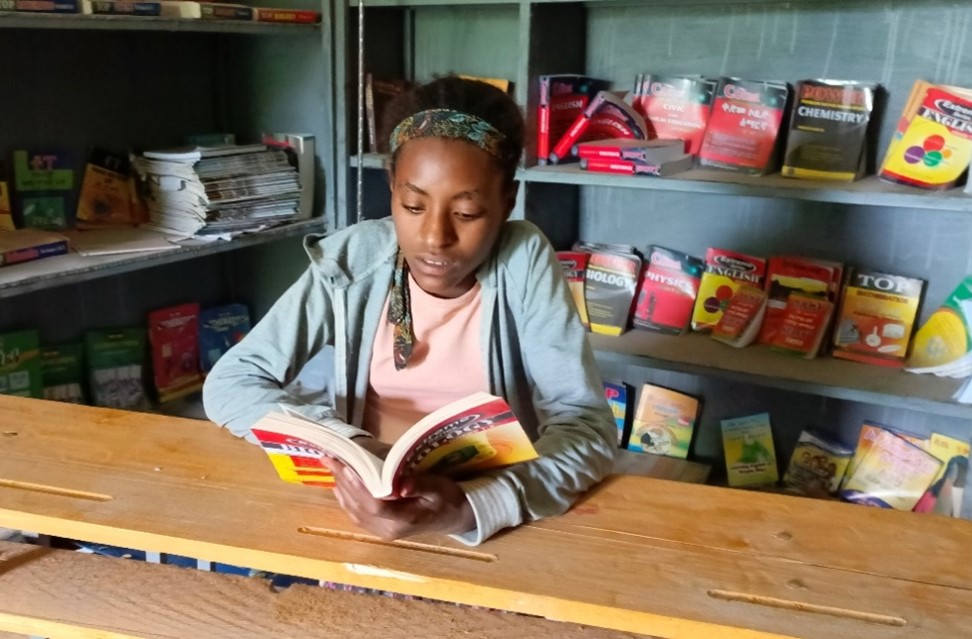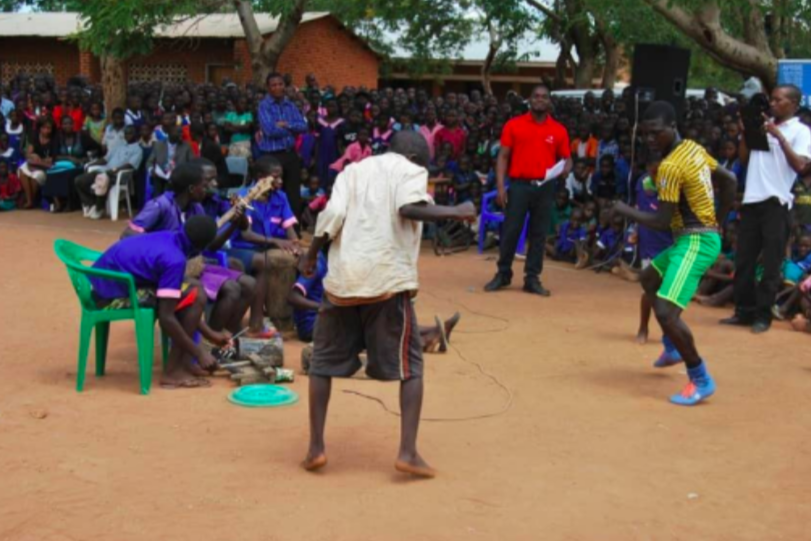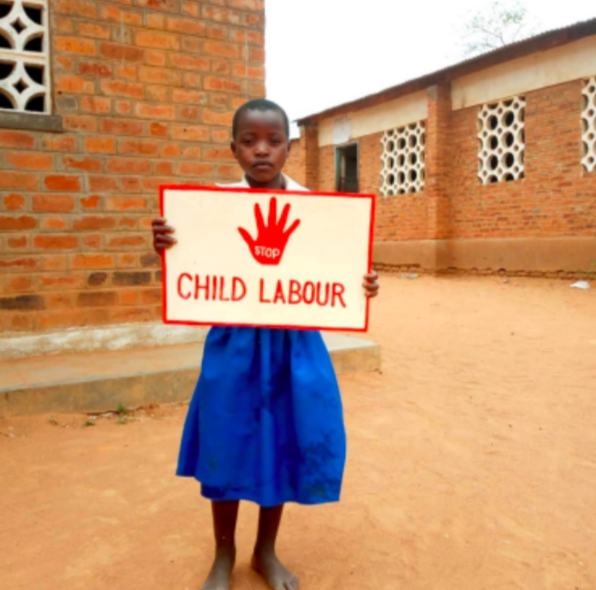On the occasion of this years focus on Child Labour, as 2021 is the International Year for the Elimination of Child Labour, you will find many studies and articles addressing the concerns on increasing numbers of child laborours worldwide. these are the five takeways you need to know about child labour and why there is still hope for millions of children around the world.
On June 10, the ILO and UNICEF jointly published a report on child labour around the world – the latest updates, the scale and characteristics, and changes over time.
1. There are 160 million children in child labour in the world today, accounting for nearly 10 percent of the world’s children.
Since 2016, the number of children in child labour has risen by 8.4 million to 160 million. That is 63 million girls and 97 million boys. It’s the first increase since the ILO started counting 20 years ago.
2. Most child labour continues to occur in the agriculture sector.
70% of child labour is in agriculture and more than two-thirds is family-based. Today, tens of millions of family farms are functionally dependent on child labour. It is a structural problem in the rural economies of many countries and supply chains, domestic and global.
3. Achieving a breakthrough in Sub-Saharan Africa will be essential to global progress against child labour.
Recent trends mean that child labour is increasingly concentrated in Sub-Saharan Africa. The region now accounts for more of the total children in child labour than the rest of the world put together.
However, there are important regional differences. In the Asia and the Pacific and Latin America and the Caribbean regions, child labour continued to fall, in percentage and absolute terms.
4. The COVID-19 crisis threatens to further erode progress.
Child labour could rise by a further 8.9 million by the end of 2022 due to the poverty effects of the crisis. Young children aged 5 to 11 years account for over half of the predicted rise.
This possible rise amounts to a doubling of the increase in child labour we witnessed in the four years prior to the outbreak of the pandemic.
5. Ensuring adequate financing for children will be essential to returning to a path of progress against child labour during and in the recovery from the COVID-19 crisis.
The COVID-19 is likely to increase child labour, at the same time that the world is facing a restricted fiscal space. Governments will need to adopt creative resource mobilization strategies to meet our shared goal of ending child labour by 2025.
The international community will need to fill in the financing gaps. Many countries fall short of meeting their official development assistance (ODA) commitments. Debt relief should also be extended in heavily-indebted countries, so social spending on children is not crowded out by debt services payments.
Find the link to the original souce where this article was published here.






